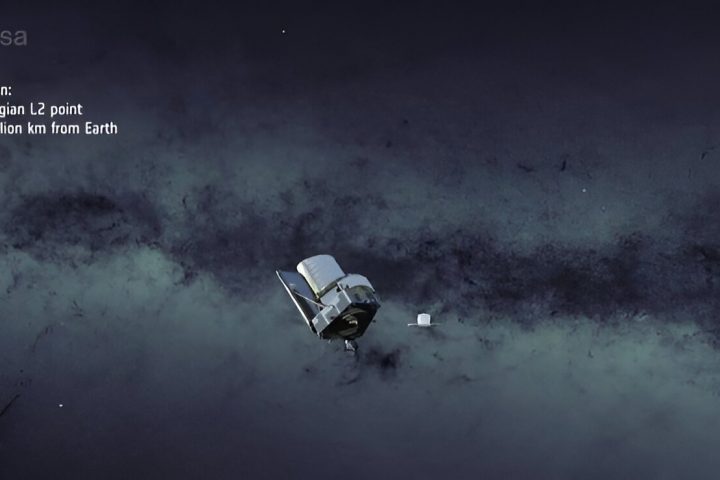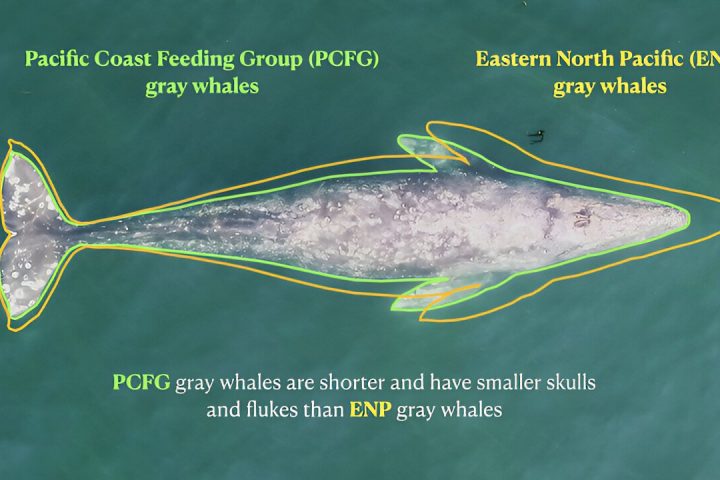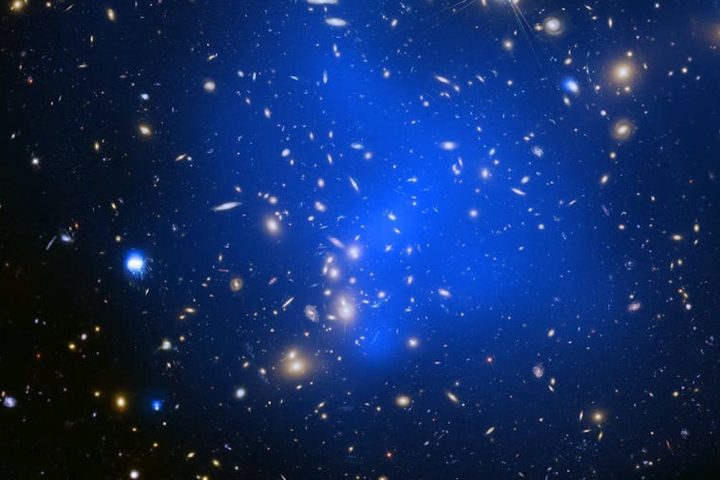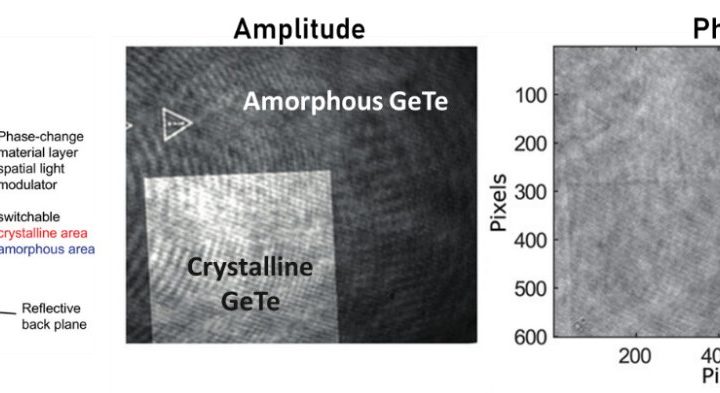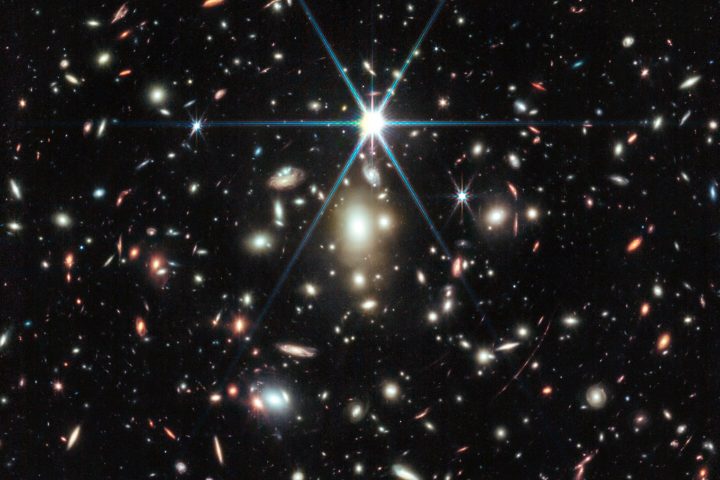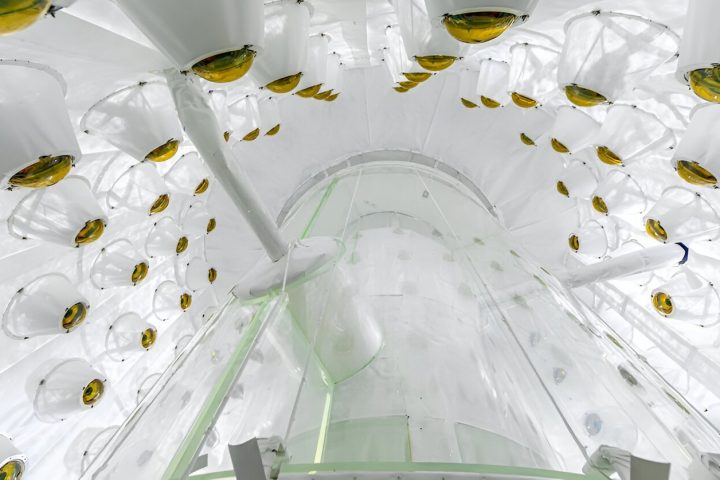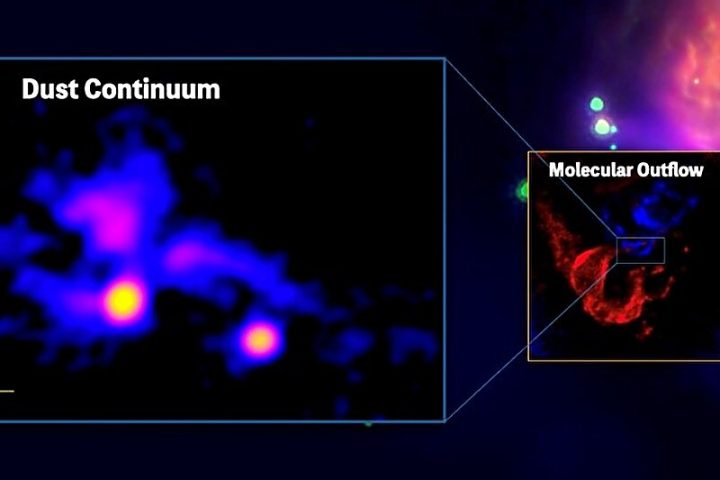Japan's XRISM (X-ray Imaging and Spectroscopy Mission, pronounced "crism") observatory, expected to launch Aug. 25 (Aug. 26 Japan local time), will provide
Fossilized feces preserve evidence of ancient parasites that infected an aquatic predator over 200 million years ago, according to a study published
ESA's Euclid mission will create a 3D-map of the universe that scientists will use to measure the properties of dark energy and
Gray whales that spend their summers feeding off the coast of Oregon are shorter than their counterparts who travel north to the
The universe we live in is a transparent one, where light from stars and galaxies shines bright against a clear, dark backdrop.
A team of researchers from the Center for Research and Innovation in Metamaterials at the University of Exeter and the Laser Processing
Detecting extremely distant stars, or those closest in time to the big bang, can provide insights into the first few chapters of
Physicists like me don't fully understand what makes up about 83% of the matter of the universe—something we call "dark matter." But
Recently, the international team ALMA Survey of Orion Planck Galactic Cold Clumps (ALMASOP) led by Prof. Liu Tie from Shanghai Astronomical Observatory
A team of computer and electrical engineers at the University of California, Santa Barbara, working with several colleagues from California Institute of
NASA's Artemis 3 mission, set to return humans to the Moon in 2025, might not involve a crewed landing after all, an





